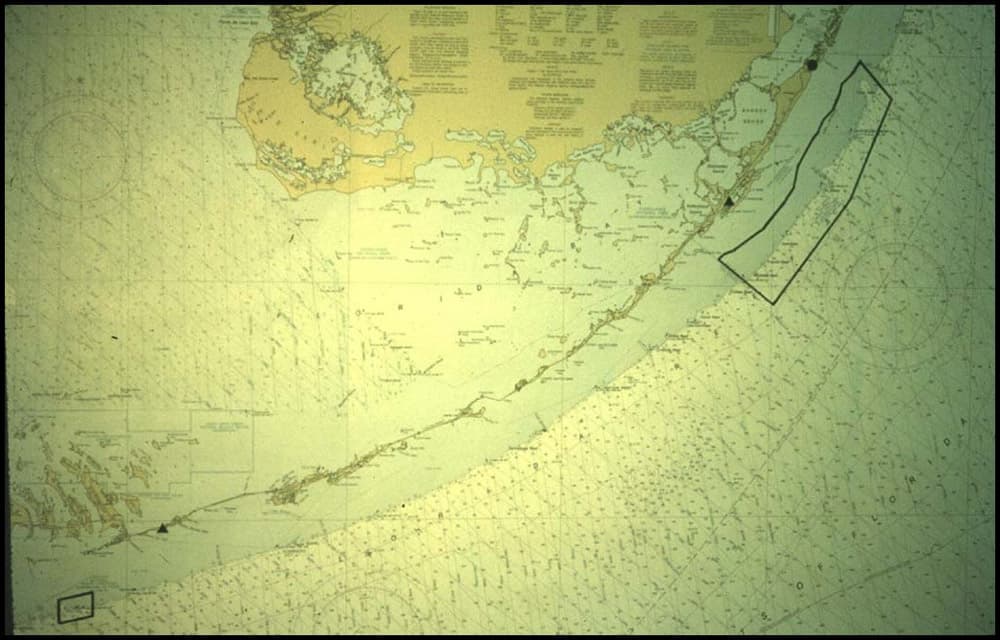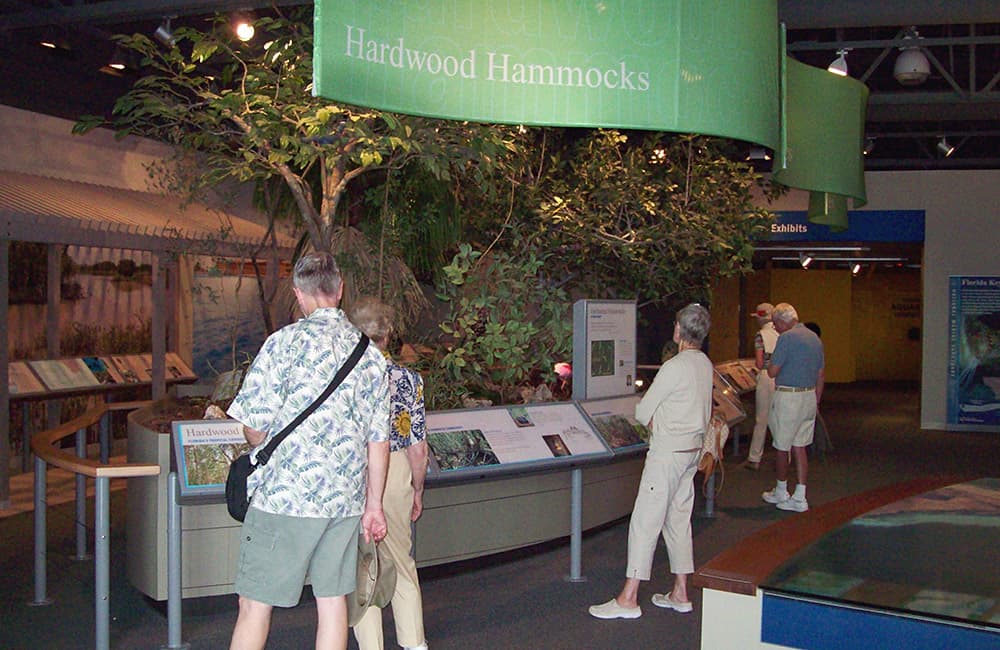Bob Holston

My name is Bob Holston and my partner, Cece Roycraft, and I have been involved with environmental issues and Florida Keys National Marine Sanctuary since 1981. The 80s were a watershed moment for environmental issues in the Florida Keys, ranging from the potential of oil drilling, coral bleaching, sea urchin die-off, among a few. It was apparent that local and state governments had neither the authority nor funds to protect the coral reefs of the Keys.
My partner and I owned a dive shop in Key West and were alarmed at what we were seeing on the reefs. Our concern was how to expand the protection of the reefs in the Key West area similar to Key Largo National Marine Sanctuary and Looe Key National Marine Sanctuary. I approached Billy Causey on how we could accomplish expanding the protection of reefs to all of the Keys.
Billy's advice was to build support from the ground up. We spent a couple of years meeting with various user groups, environmental groups among others. Cece and I were invited to nominate the Florida Keys as a national marine sanctuary and testify before Congress on the need for protection of the only living coral reef in the continental United States. The ball was finally rolling.

We knew the process may take years but it was fast-tracked by Congressman Dante Fascell in the U.S. House of Representatives and by Senator Bob Graham after numerous ship groundings in the Florida Keys caused damage to the reefs. The bill passed both the House and Senate and was signed into law by President George H. Bush on November 16, 1990.
The act also required the formation of the Sanctuary Advisory Council. The council was composed of members of various user groups, environmental groups, scientists, and government officials. The process took over five years to develop a draft management plan, which was no easy task. We had to balance the needs of all groups involved in addition to the needs of the community.
The Sanctuary Advisory Council worked through many issues and the more we communicated with each other in our groups, the more we understood what was at stake. We ranked the issues for most restrictive to no action. I can say that we almost always built consensus that satisfied the concerns of all members. I was honored to be part of the original council.
We tried to address the issues of the community with a fair and balanced approach. I remember some of the issues were very emotional to some and mostly due to lack of correct information and participation. The community has always had the opportunity to comment and participate. The original management plan was adopted in July 1997.

I continued to serve on the Sanctuary Advisory Council for over 20 years and went on to serve on the board of the National Marine Sanctuary Foundation in Washington, D.C. Cece and I were proud to chair the fundraising for the Florida Keys Eco-Discovery Center which is open to residents and visitors to Key West.
Our hope for the sanctuary is that it continues to protect the resources of the Keys. The coral reefs are the rainforest of the ocean and we must use the best science to protect the resources. As a diver, I have seen the changes in the reefs over the past 50 years, and we are approaching a point of no return.
We must address the issues of climate change or life as we know it will change dramatically. Divers are really the canary in the mine and we are singing loud and clear. We are running out of time to take the steps necessary to protect our environment.
We owe it to our children and grandchildren to make the hard decisions now.

